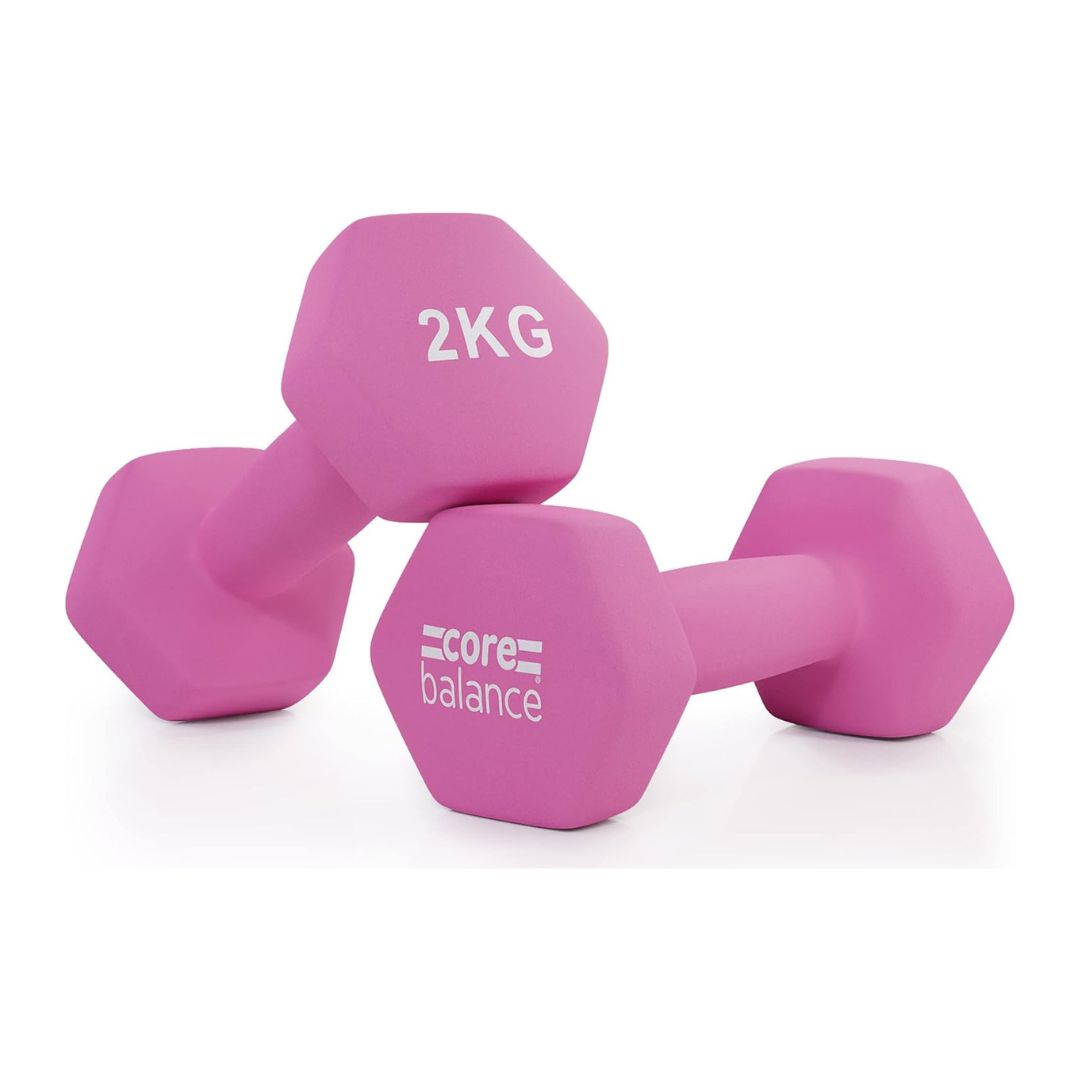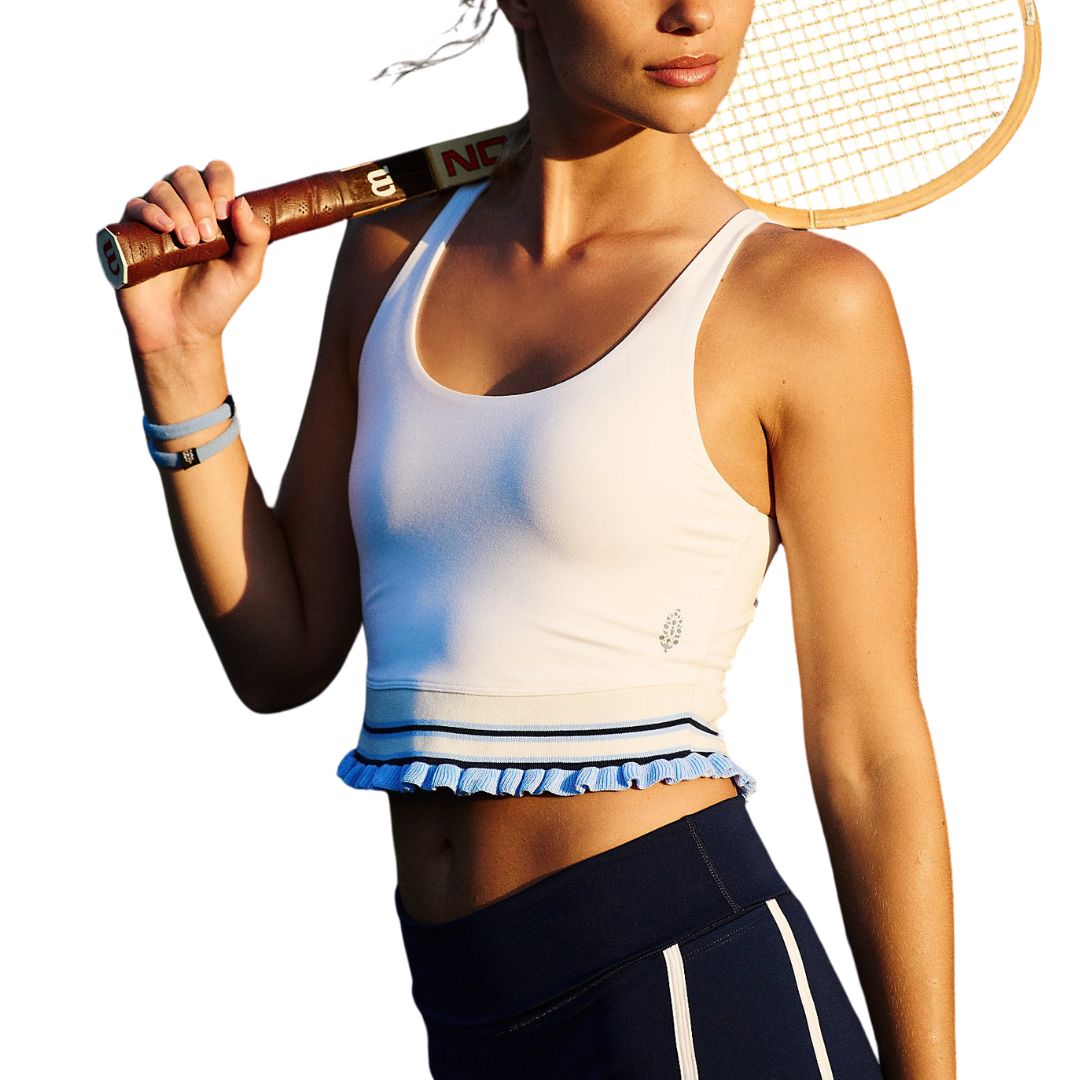Want to live for longer? These are officially the best workouts for boosting longevity, according to top trainers
Move your way to living for longer.
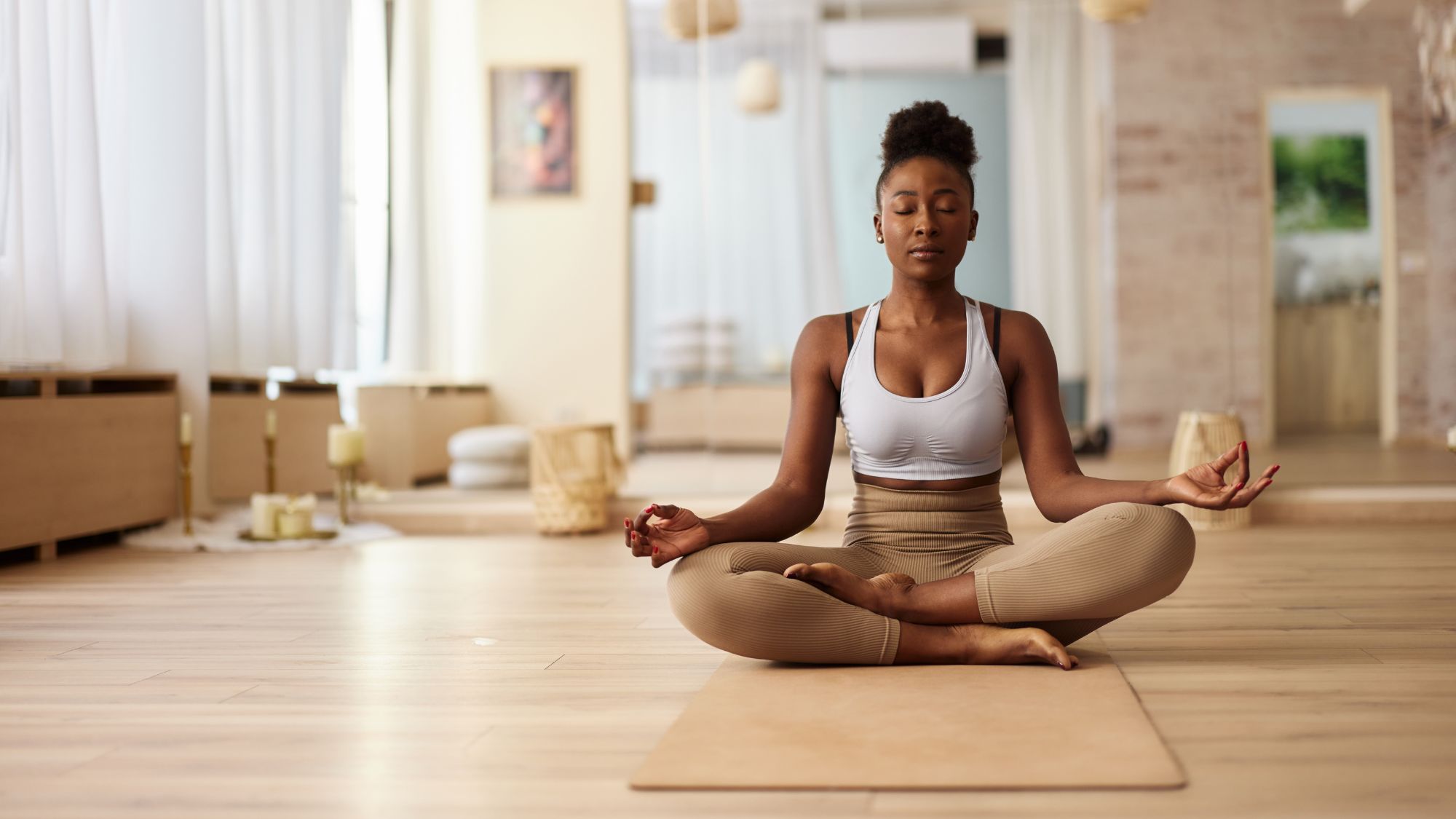

It's safe to say that longevity is a major buzzword right now. According to researchers from Stanford University, human lifespans are increasing by around three years every 25 years (in effect, three years every generation) and it's accepted that in the last century, our longevity has doubled - making 60 the new 40, and so on.
While this is undoubtedly good news (not least for those of us hurtling towards middle age), longevity isn't just about living longer: we want to live well, well into old age.
This ability to thrive in later life is influenced by a number of factors, from diet and lifestyle factors to socio-economic influences. But the research is unequivocal: physical activity levels correlate directly to longevity.
"Simply stated, our exercise choices are the greatest influencers of our older age health, resilience and independence," says healthy ageing expert, osteopath and author of Stronger - How to build strength: the secret to a longer, healthier life David Vaux. "Many signs that are commonly attributed to ageing such as frailty, postural pain, shortness of breath, slow walking, a poorly functioning immune system, lack of balance and weakness are in fact due to loss of fitness."
And the science agrees: research (such as this study, published in the Journal of Aging Research) shows that physical activity reduces all-cause mortality by around a third, while a further study (published in the Impact Journal of Aging) reveals that exercise may even have an anti-ageing effect on the body, switching off the ageing process in our chromosomes - pretty incredible stuff.
"The magic of exercise is that it affects both our lifespan and our healthspan significantly," agrees Jennie Brown, founder of the exercise platform Meet You At The Barre and co-founder of the longevity course Project Me. "Crucially, exercise changes the trajectory of how we age. It improves our survivability across nearly all diseased states, it reduces our risk of premature death, and if we think of muscles as our body armour, then the more we work them the tougher and less penetrable the armour becomes."
Convinced? Us too. So, with this in mind, we've put together the ultimate longevity-boosting moves to try today. You can thank us (much, much) later. Moving your body is right up your street, you're in the right place. Don't miss our guide to blue zone living, while you're at it.
Celebrity news, beauty, fashion advice, and fascinating features, delivered straight to your inbox!
10 best workouts for longevity, according to top experts
What do we mean by longevity?
First things first, let's dig into what we mean when we talk about longevity. More than simply how long we live, the term encompasses how well we live, too.
"Put simply, longevity refers to the ability to live a long life," explains Rowan Clift, Training Specialist at AI-based fitness and lifestyle coaching app Freeletics. "However, it's important to note that longevity is about more than just living to an old age; it also implies maintaining good health, vitality, and quality of life - in other words, extending our quality of health for as long as possible (our 'healthspan')."
Our healthspan and lifespan can vary wildly: consider a frail and dependent 80-year-old, who has been in assisted living for twenty years, as opposed to a fit and active 90-year-old still living independently.
"We absolutely want to be able to match our healthspan to our lifespan," acknowledges Brown. "There’s precious little point in living longer if we aren’t able to enjoy a decent quality of life in these extra years."
@eternalwellness100 The best exercises for longevity
♬ original sound - Eternal Wellness
Can workouts boost longevity?
You'll probably have guessed that the simple answer to this question is yes. However, as with all things, it's slightly more nuanced than this, and there are a number of ways that being physically active impacts our longevity.
"There's no doubt that exercise improves our cardiovascular health by strengthening the heart, reducing the risk of strokes, heart attacks and heart disease," advises Brown. "It also helps to prevent or manage chronic conditions such as type 2 diabetes and enhances the immune system which makes it easier for the body to fight off infections and disease as we age.
Furthermore, (and equally as importantly) exercising improves and enhances our quality of life, thus improving our healthspan alongside lifespan.
"Exercise is proven to improve mental health and cognitive function, reducing the risk of conditions such as dementia and Alzheimer’s disease," agrees Brown. "Not only this, it strengthens our bones and muscles, and improves our balance, which helps to reduce our risk of falling, fractures and brittle bones."
What are the best types of workouts for boosting longevity?
While any type of activity is great for increasing life- and health-span, when it comes to longevity, not all movements are created equal.
“There is not one size fits all and everybody will have a different preference when it comes to exercise," says Jess Parkinson, PT and wellness coach and consultant at W-Wellness. "That said, we know that workouts that include strength training (loading the muscles and joints appropriately), cardiovascular training and mobility are the best all round workouts for longevity and health."
The experts advise a balanced rotation of the following:
1. Strength training
If you're new to strength training and feel intimidated by images of hardcore gym-goers, hear this: strength or resistance training isn't just about lugging kettlebells or dumbells about. Your own body weight provides a good level of resistance - and can be seriously hard work.
"Strength training includes lifting weights in the gym, banded workouts, body-weight exercises, climbing and more," explains Parkinson. "Anything that puts the muscles and joints under an appropriate strain to encourage them to adapt, grow and strengthen counts."
And it (almost) goes without saying that if you're into using weights, go right ahead. "Lifting weights is one of the most effective ways to preserve muscle mass, improve bone density, and boost metabolism as we get older," explains personal trainer, founder of Owning Your Menopause and author of Owning Your Menopause: Fitter, Calmer, Stronger in 30 Days, Kate Rowe Ham. "It helps maintain strength and balance and may reduce the risk of falls. It plays a key role in supporting joint health and even mental well-being. Resistance training isn’t just for younger athletes—it’s a vital tool for ageing well, staying strong, and feeling empowered at any stage of life, and you are never too old to start."
2. Functional movements
The good news is that longevity training needn't be all weight lifting and heavy HIIT in the gym. Functional movements are key to living better, for longer.
Essentially, functional exercises are the types of movements that we use in everyday life, without really giving them a second thought: think push, pull, carry and lift. So when it comes to improving longevity, consider how you're spending your days - even activities such as gardening, carrying shopping home and changing beds can add up to considerable benefits.
In terms of targeted training, the experts agree that we should all be aiming to mimic the moves we make naturally every day. "By using exercises that mimic everyday movements (pushes and pulls, squats to stand and so on) it allows people to maintain functional independence for much longer, which has a profound impact on quality of life," stresses Brown.
3. Low-intensity steady state exercise
In addition to some solid strength work, a well-rounded fitness routine for longevity will always include some element of cardio or endurance exercise such as brisk walking, swimming, jogging or cycling. In essence, anything that raises your heart rate above it's normal range is good - and this will vary from person to person.
@elisesbodyshop ♬ Formation (Originally Performed by Beyonce) [Instrumental Version] - Hit The Button Karaoke
4. Balance and mobility work
"Mobility training is hugely beneficial for freedom of movement," says Parkinson. "This could take the form of a yoga, stretch, Pilates or mobility class."
And while it may not seem vital while we're younger, balance and mobility are intrinsically linked with both longevity and lifespan. Studies (such as this one, published in the British Journal of Sports Medicine) show that the ability to stand on one leg for 10 seconds is linked to a reduction in all-cause mortality.
10 longevity-boosting exercises, chosen by experts
While any movement is always better than none, it's important to remember: the best workout is always the one that you enjoy. "You are far more likely to stick with what you like than what you think you should be doing, and consistency is the name of the game," advises Brown.
"And don’t be put off by thinking you need to undertake an extreme training regime for old age," she continues. "Even moderate levels of regular physical activity can have meaningful effects on extending lifespan and enhancing quality of life. Making small changes will add up to huge benefits given the passage of time."
1. Squat
What? A simple squat involves mimicing the movement of sitting down onto a low chair.
Why? The humble squat packs a real punch, benefits-wise. One of the four main foundational movements, the ability to squat independently not only strengthens those all-important leg muscles, but also challenges the core and balance.
How long? Personal trainer and founder of The Warrior Method, Eliza Flynn, recommends eight to 12 reps, as part of a twice-weekly 30-minute resistance training circuit.
2. Deadlifts
What? A deadlift is a functional compound movement which involves lifting a weight from the ground to hip height, keeping your torso perpendicular to the ground.
Why? A classic strength training move, a deadlift works the glutes, hamstrings and lower back as well as strengthening the hip hinge movement - the definition of a functional move.
How long? Again, try for eight to 12 reps around three times.
3. Go for a walk
What? Little explanation needed here - pop on some comfy shoes and get outside for a stroll. Just be sure to raise that heartrate!
Why? It's well established that walking is extremely beneficial. Not only is it super accessible (most able-bodied people can manage a short walk) but it ticks all the longevity boxes: it's functional, weight-bearing and gentle on the joints.
How long? Try for a brisk walk fr 20 to 30 minutes each day.
4. Push ups
What? From a plank or half-kneeling position, push your chest up off the floor till your arms are straight and lover back down.
Why? It might sounds simple, but don't be fooled: the push up is a might move that will challenge arm, core and leg strength.
How long? Aim for three rounds of ten to twelve reps.
5. Pilates roll-up
What? From lying on your back, slowly roll yourself up vertebrae by vertebrae until you're reaching for your toes.
Why? The founder of Pilates, Joseph Pilates himself, is believd to have stated that you're only as old as your spine. A Pilates roll-up is the perfect spine mobility move, strengthening the core, improving spinal flexibility, and promoting a sense of control.
How long? Try five to eight roll ups.
6. Towel twist
What? Roll and then wring-out a bath towel as if expelling water from it, as hard as you can.
Why? As random as this seems, Vaux loves this exercise as a way of improving grip strength.
How long? Try three to five reps - it's tougher than it sounds!
7. Single leg deadlift
What? Performed with or without a weight, this move involves driving one leg back while hinging at the hips, tipping your torso forwards until it's parallel with the floor.
Why? One of the best leg exercises out there, this move not only helps to build strength but it also challenges balance, mobility and co-ordination.
How long? Try three sets of 10 reps.
8. Bent over row
What? Hinging slightly at the hip, draw weights up to chest level with elbows pointing back.
Why? Another compound move, bent over rows mimic movements we use everyday - think picking up small children or other heavy objects. Not only do they work arm strength and back muscles, but that all-important hip hinge too.
How long? To start, try between eight and 12 reps, for three rounds.
9. Single leg stand
What? Simply stand on one leg and try to maintain your balance.
Why? Balanace is fundamental to longevity, and having a good solid posture will protect you against falls, trips and other hazards as you age.
How long? Practice standing on one leg every day, starting at 10 seconds and building up - challenge yourself!
10. Stretch it out
What? Think of a stretch as a treat for your muscles - make sure to stretch them out after working out, or even after a period of sitting.
Why? Stretching helps aid recovery and muscle repair following exercise, as well as boosting balance and flexibility.
How long? Try to incorporate a daily stretch of around 10 to 15 minutes.
Shop MC UK's go-to workout essentials now:
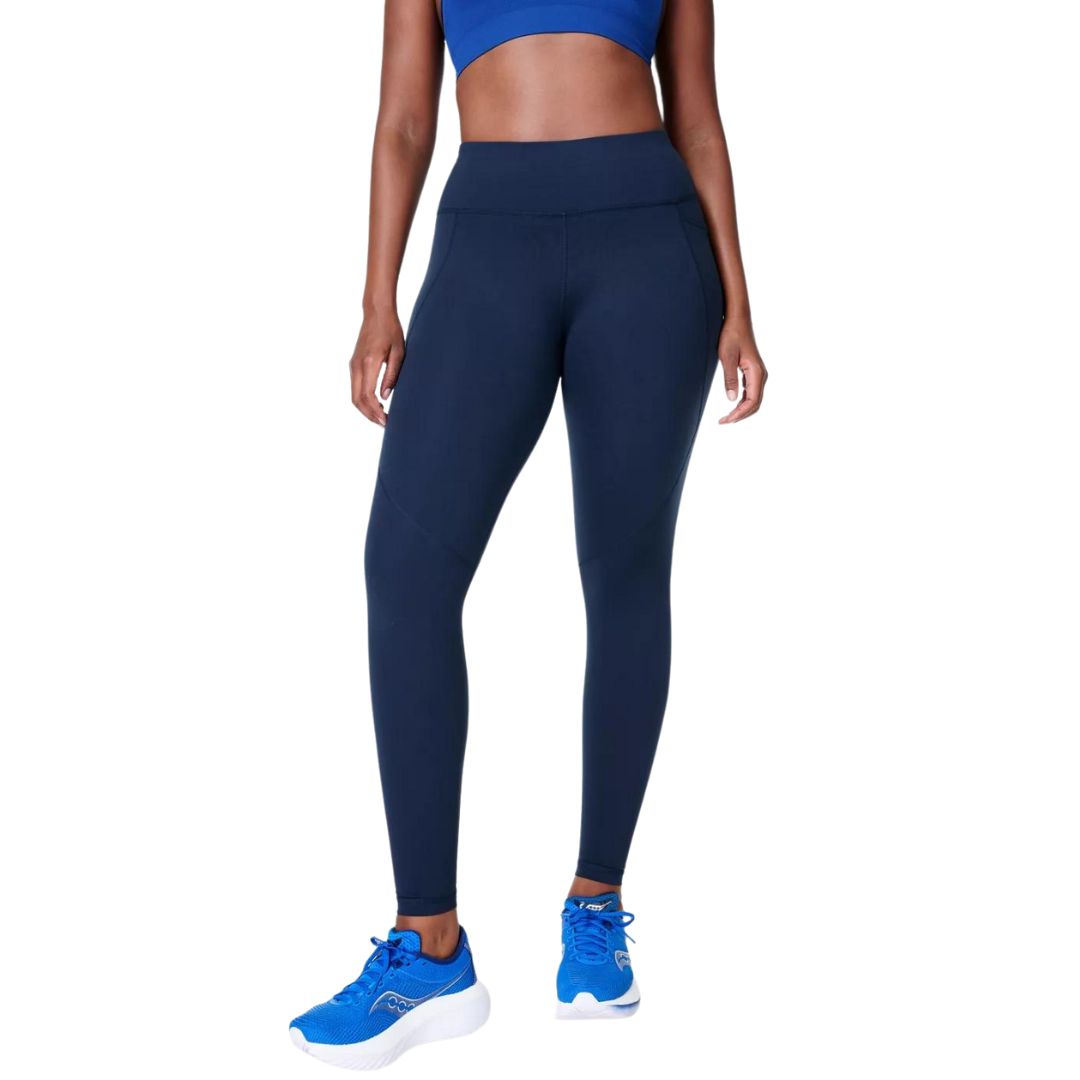
These fab leggings are a workout staple for a reason, and once you've tried them, we're pretty sure you'll have them on perma-rotation in your wardrobe. Squat-proof, sweat-wicking and with four-way stretch, they're practically perfect in every way - plus, the 7/8th length is perfect for those of us with diminutive stature.
How often should we work out to boost longevity?
When it comes to how often to workout for longevity, the experts agree that some movement is always better than none. That said, the NHS guidelines are a good place to start.
“The NHS guidelines state strength training for all major muscle groups 2 days a week and 150 minutes of moderate intensity exercise (or 75 mins of vigorous intensity exercise) a week," says Parkinson. "I always advise my clients to do these as a minimum and aim to reduce long periods of inactivity as much as they can. Even short bursts of walking can make a huge difference both mentally and physically. It's also important for longevity to ensure you get enough rest too so that the body recovers appropriately. Spreading workouts out and prioritising sleep, hydration and rest time is crucial for long-term well-being."
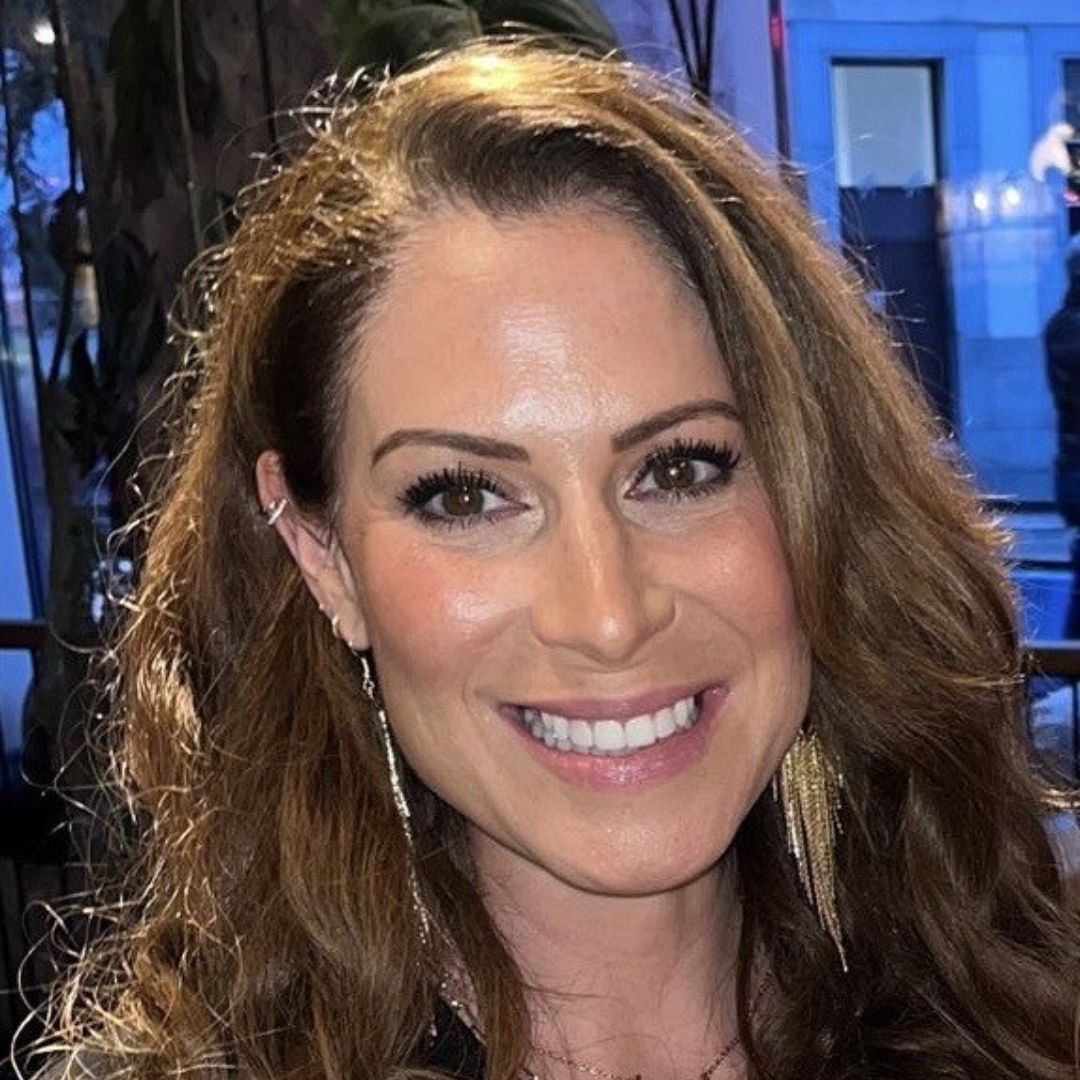
Anna Bartter is a freelance journalist who writes about health, fitness and women's lifestyle for publications including Stylist, Metro and Psychologies, among others.
She's always on a quest to find a variety of fun and functional workouts that give you the most bang for your workout buck and she's passionate about championing movement for everyone's mental and physical wellbeing.









